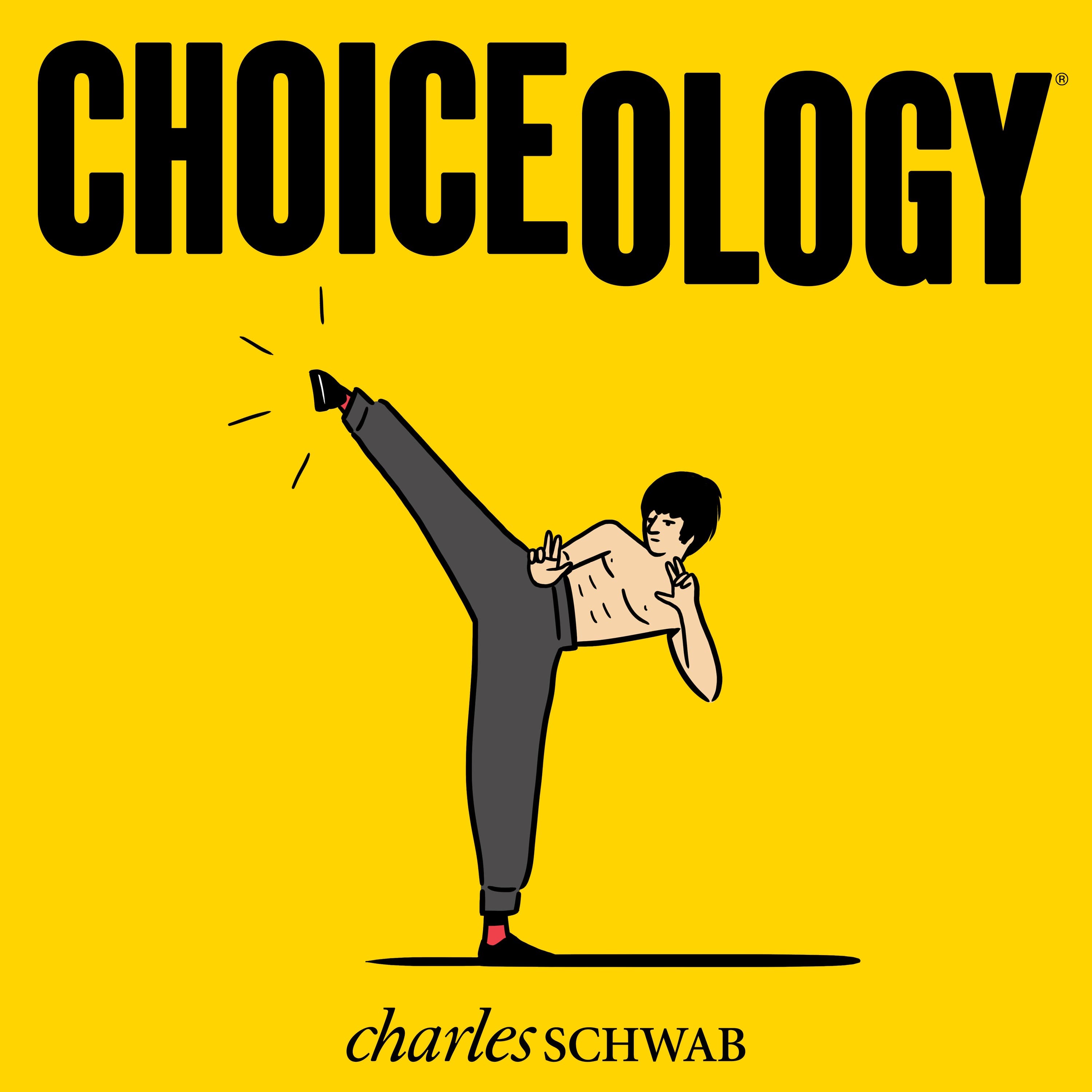On a High Note: With Guests Maurice Schweitzer & Matthew Polly
Do you recall the best concert you ever went to? Best trip? Best meal? Chances are good that a few memories come to mind—maybe not every detail of the event, but perhaps a couple great moments. It can go the opposite way, too. Worst travel experience. Worst date. Our memory works in snapshots of particular parts of our experience.
In this episode of Choiceology with Katy Milkman, we look at a predictable distortion in the way people remember experiences. And we’re doing it in part to honor a very special memory: the memory of the great Daniel Kahneman. He was a Nobel laureate, international best-selling author, repeated Choiceology guest, and a co-founder of the field that is at the heart of this show: behavioral economics.
Our opinion of an experience is shaped by which parts we remember most. The same can hold true for how we remember people. Matthew Polly is the best-selling author of Bruce Lee: A Life, a biography of the late great Bruce Lee. He retells the story of how this legendary martial artist, actor, and cultural icon is understood in our collective memory. And then he reveals certain nuances in his biography that may change the way you perceive his legacy.
Next, Katy speaks with Maurice Schweitzer, the Cecilia Yen Koo Professor of Operations, Information, and Decisions at the Wharton School of Business at the University of Pennsylvania. Maurice explains how this memory distortion can be leveraged to better retain staff, improve your experience at work, have better conversations with colleagues, and even plan a more enjoyable vacation. He's also the author of Friend and Foe: When to Cooperate, When to Compete, and How to Succeed at Both.
Learn more about behavioral finance.
Explore more topics
The comments, views, and opinions expressed in the presentation are those of the speakers and do not necessarily represent the views of Charles Schwab.
Data contained herein from third party providers is obtained from what are considered reliable source. However, its accuracy, completeness or reliability cannot be guaranteed and Charles Schwab & Co. expressly disclaims any liability, including incidental or consequential damages, arising from errors or omissions in this publication.
All expressions of opinion are subject to change without notice in reaction to shifting market conditions.
Investing involves risk including loss of principal.
All names and market data shown above are for illustrative purposes only and are not a recommendation, offer to sell, or a solicitation of an offer to buy any security. Supporting documentation for any claims or statistical information is available upon request.
The book How to Change: The Science of Getting From Where You Are to Where You Want to Be is not affiliated with, sponsored by, or endorsed by Charles Schwab & Co., Inc. (CS&Co.). Charles Schwab & Co., Inc. (CS&Co.) has not reviewed the book and makes no representations about its content.
Apple, the Apple logo, iPad, iPhone, and Apple Podcasts are trademarks of Apple Inc., registered in the U.S. and other countries. App Store is a service mark of Apple Inc.
Spotify and the Spotify logo are registered trademarks of Spotify AB.



